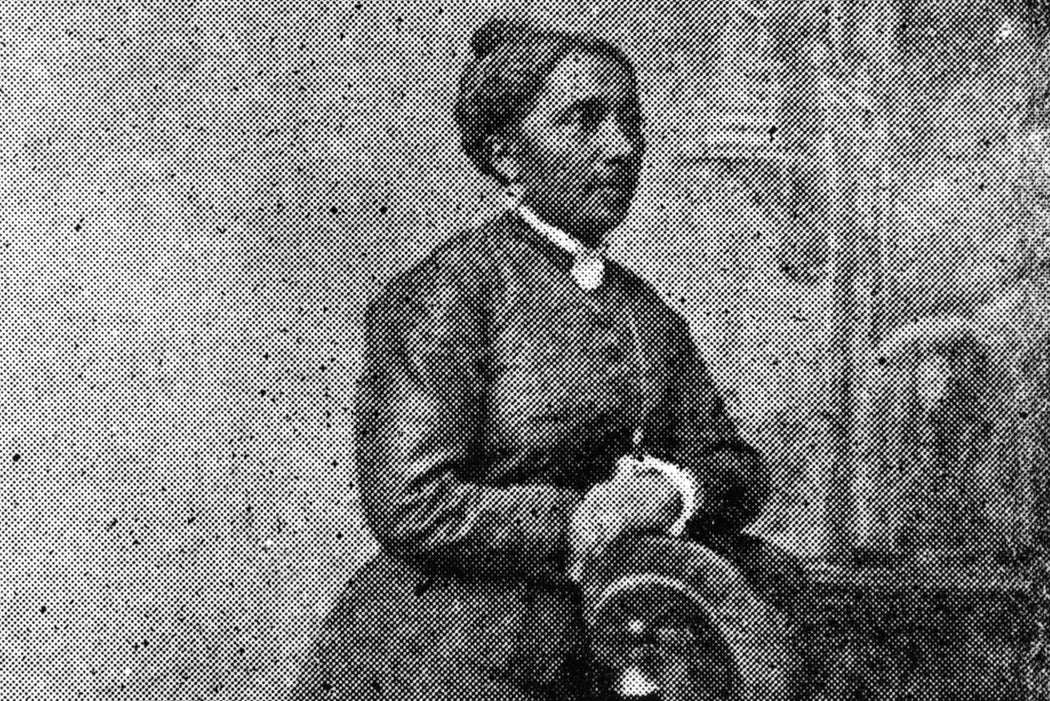On Sunday, July 16th, 1854, a young black schoolteacher named Elizabeth Jennings was running late. She was heading to the First Colored American Congregational Church, where she was the organist, and needed to catch the Third Avenue streetcar. Although slavery had been abolished there since 1827, New York City was heavily segregated. The conductor of the arriving streetcar told Jennings to wait for the next which “had [her] people in it.” She declared she “had no people.” This second car was too full for her to board, so she got on the first, and refused to leave.
Jennings—who became Elizabeth Jennings Graham when she married in 1860—is featured in the Museum of the City of New York’s current exhibition Rebel Women: Defying Victorianism. A century before Rosa Parks and the 1955 Montgomery Bus Boycott, Jennings’s case against the streetcar company led to the desegregation of New York’s public transit.
In a 1990 article for New York History, author John H. Hewitt chronicles what’s known of her life, and considers why she isn’t better represented in American history. Hewitt researched newspaper archives, census reports, and records of Jennings’s own words to assemble a portrait of her life, including that sweltering day in 1854. After she demanded to stay on the streetcar, the conductor said, “Well, you may go in, but remember, if the passengers raise any objections you shall go out.” Jennings responded that she “was a respectable person, born and raised in New York” and “that he was a good for nothing impudent fellow for insulting decent persons while on their way to church.” This riled the conductor, who tried to pull her from the car where she clung to the window sash. She recalled:
[The conductor and driver] then both seized hold of me by the arms and pulled and dragged me flat down on the bottom of the platform, so that my feet hung one way and my head the other, nearly on the ground. I screamed murder with all my voice, and my companion screamed out, “You’ll kill her. Don’t kill her.” The driver then let go of me and went to his horses. I went again in the car, and the conductor said you shall sweat for this. Then (he) told the driver to drive as fast as he could and not to take another passenger in the car, to drive until he saw an officer or a Station House.
The police officer they found pushed Jennings out of the streetcar, dirtying her clothes, and, she stated, “tauntingly told me to get redress if I could.”
Her case was soon brought to court, taken on by a 24-year-old Chester A. Arthur, the future twenty-first president. “What may have started as one woman’s individual protest had really become a class action,” writes Hewitt. In February of 1855, she was awarded $225 in damages. Furthermore, the New York State Supreme Court, Brooklyn Circuit ruled that African Americans could not be excluded from transit provided they were “sober, well behaved, and free from disease.”
Want more stories like this one?
Nevertheless, total desegregation of transit took years. “Inspired by the outcome of Elizabeth’s case, Rev. Pennington, born a slave in Maryland but by then free and the pastor of Shiloh Presbyterian Church, had in 1855 preached a sermon in which he observed that black people could no longer be restricted in public transit facilities,” states Hewitt. Just weeks later, Pennington was ejected from a Sixth Avenue horsecar. Then Peter Porter, kicked off an Eighth Avenue trolley in 1856, settled “when the company agreed to change its policy so as to permit black people to ride in the same cars and on an equal basis with whites.”
Jennings worked as a teacher until the 1860s, then in 1895 established New York’s first kindergarten for African-American children in her home on West 41st Street. She died on June 5th, 1901. “Openly discriminatory practices in public transportation did come to an end in New York City during Elizabeth Jennings’ lifetime, after the New York State legislature passed the Civil Rights Act of 1873,” writes Hewitt. “If only because she started something far larger than herself and laid the groundwork for the further progress that was to come, she deserves a place of honor in the history of civil rights in New York.”
Near where she made her streetcar stand, there is public recognition of her legacy. In 2007, a street sign was installed at Spruce Street and Park Row, renaming this corner of Manhattan “Elizabeth Jennings Place.”
Editor’s Note: An earlier version of this article incorrectly specified the amount of damages awarded to Jennings in 1855.







